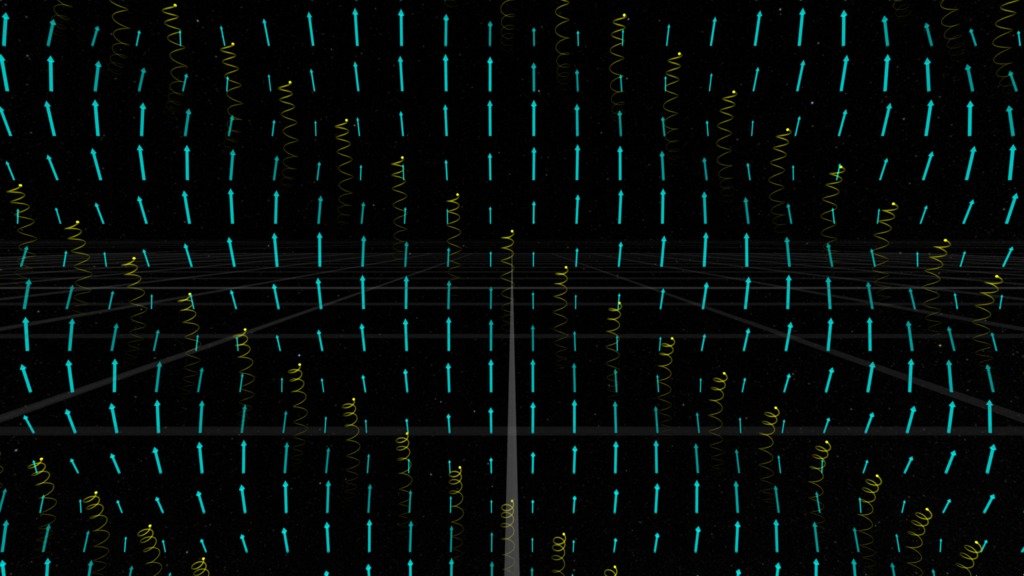
Waves
The Ilie group is making important steps in broadening our theoretical understanding of several types of waves and instabilities that occur in the magnetosphere. This work involves the development of new theoretical frameworks that can provide a better physical understanding and insight into the flow of mass and energy through geospace during disturbed conditions.
For instance, ElectroMagnetic Ion Cyclotron (EMIC) waves play a key role in magnetospheric dynamics. They regulate the loss and acceleration of ring current protons and radiation belts electrons, heating of thermal electrons, and facilitate the intensification of the proton aurora. Electromagnetic ion cyclotron waves are predominately left-hand circularly polarized waves with small wave normal angle (WNA), and with frequencies below the proton cyclotron frequency. They are usually generated near the Earth's equator and tend to become more oblique and linearly polarized during their propagation towards higher latitudes. In the inner magnetosphere, EMIC waves are generated preferentially in regions where hot ring current anisotropic ions and cold dense heavy ions spatially overlap, but can also be generated on the dayside magnetosphere during times of enhanced solar wind dynamic pressure, which acts as a source of temperature anisotropy. We showed that the presence of N+ in a multi-ion cold plasma significantly changes the dispersion properties of EMIC waves, leading to a new frequency band with additional cutoff, crossover and resonance frequencies just above the oxygen cyclotron frequency. This new N+ band can be used to reduce the discrepancy in mode detection near the oxygen cyclotron frequency in the observed wave spectrum, in order to quantify the transport and energization of N+, in addition to that of O+, for their relative contribution to the loss and/or scattering mechanisms.
The asymmetric instability of Drift Kinetic Alfven Waves (DKAWs) has been analyzed to assess the interplay between the density inhomogeneity and the temperature anisotropy, including the wave-particle interaction and finite ion Larmor radius effects. We showed that the asymmetric behavior arises due to the opposite diamagnetic drifts of electrons and ions, and we quantified the contribution of electron drift and ion drift waves in altering the dispersion characteristic of DKAWs. This work revealed a new asymmetric instability mechanism of drift kinetic Alfven waves to understand their generation and propagation during the magnetic reconnection, especially their source region due to opposite gradient drift directions of electrons and ions. In addition, we studied the Electrostatic Ion Cyclotron (EIC) instability in the context of inter-penetrating plasmas. We have shown that the origin of this current-less instability is different from the classical current driven EIC instability. We determined the threshold conditions applicable to a wide range of plasma parameters, and provided an estimate of the growth rate. The Ilie group was first to show that this new instability mechanism of EIC waves provides a possible explanation of heating and acceleration of particles, especially in a counter-streaming environment like during magnetic reconnection. The wave-particle effects through cyclotron resonance in different frequency domains may explain perpendicular ion heating in the dayside magnetopause, and identify the distinction between the electrostatic and electromagnetic ion cyclotron waves from the satellite observations.
